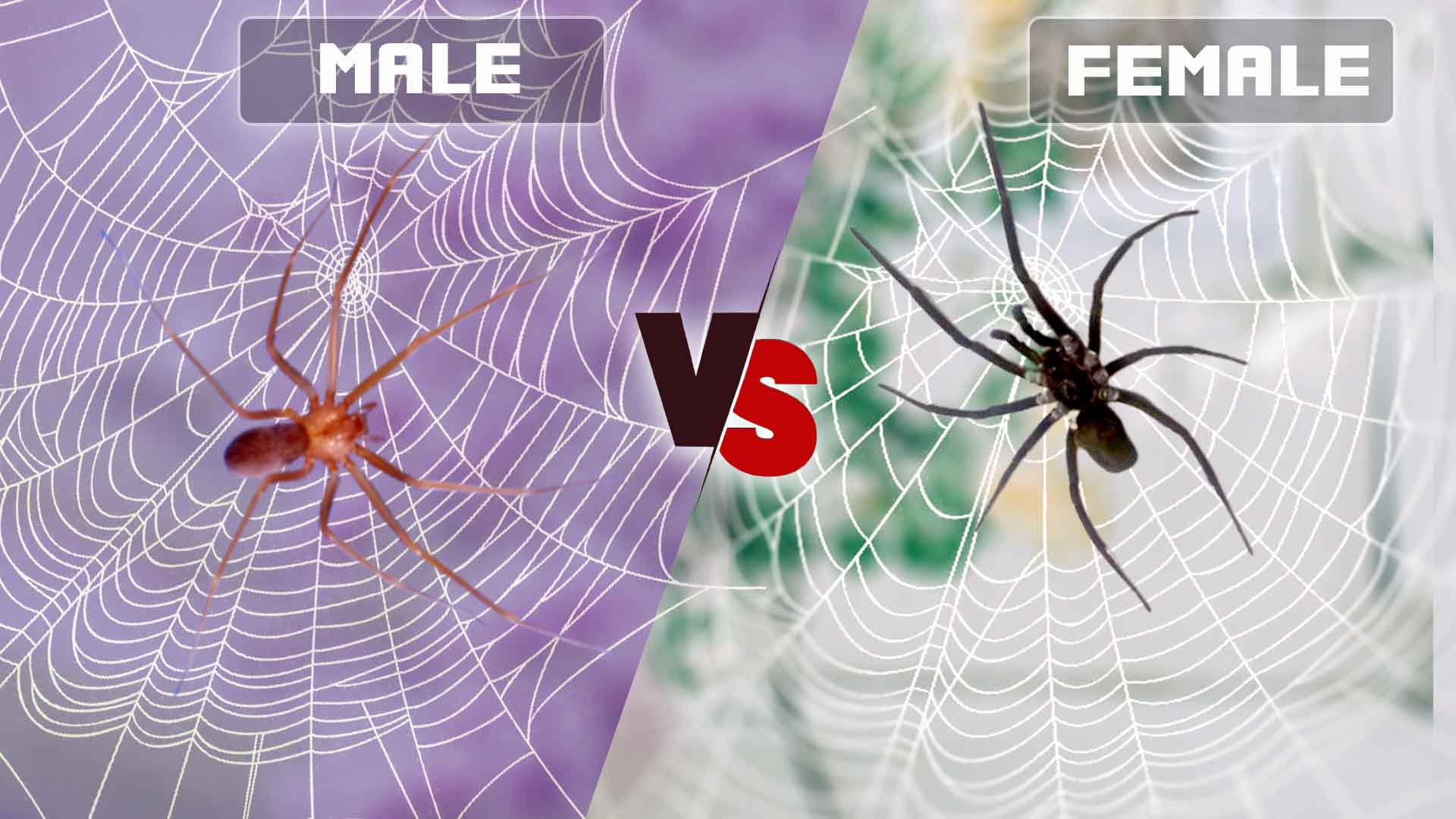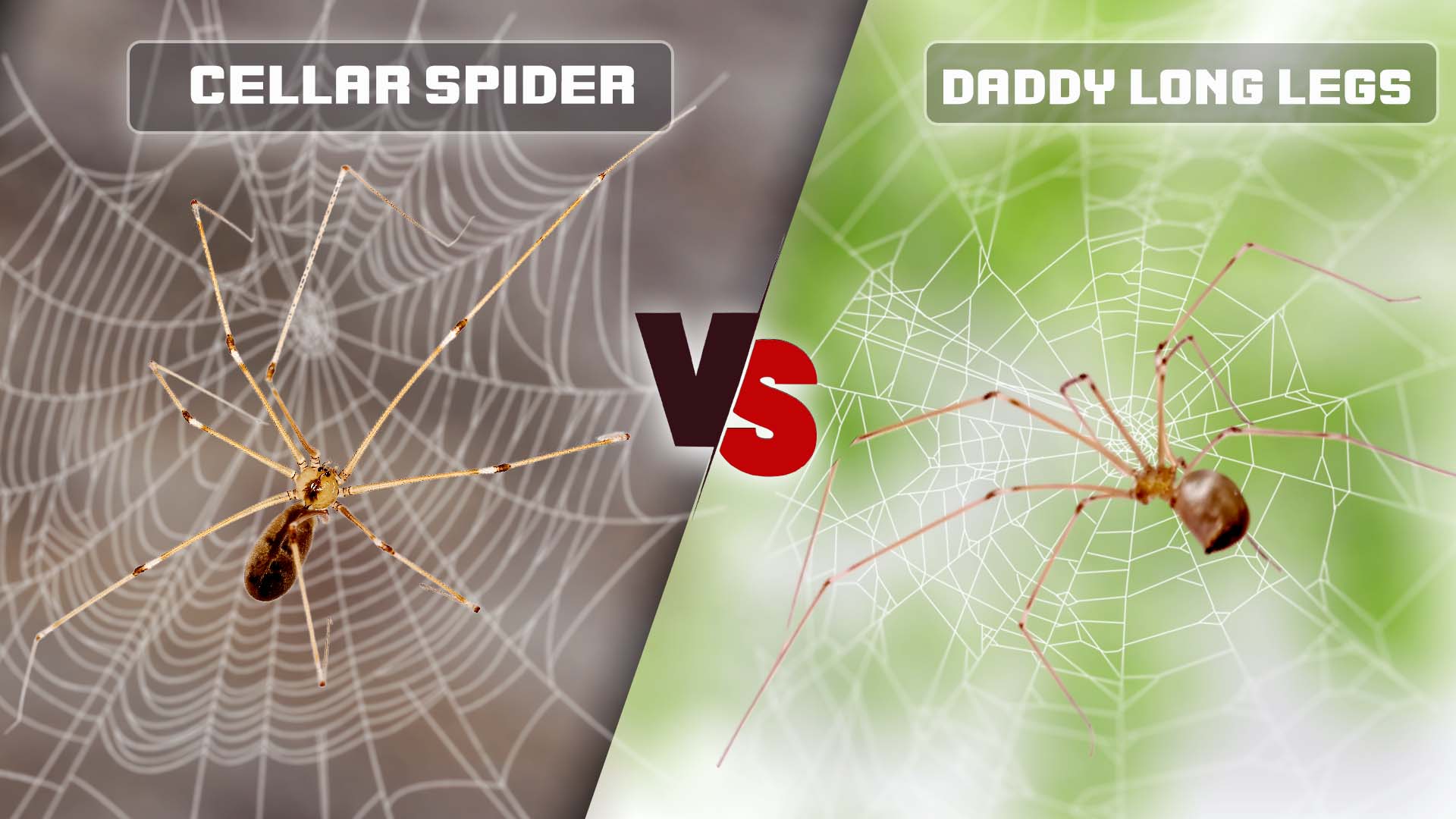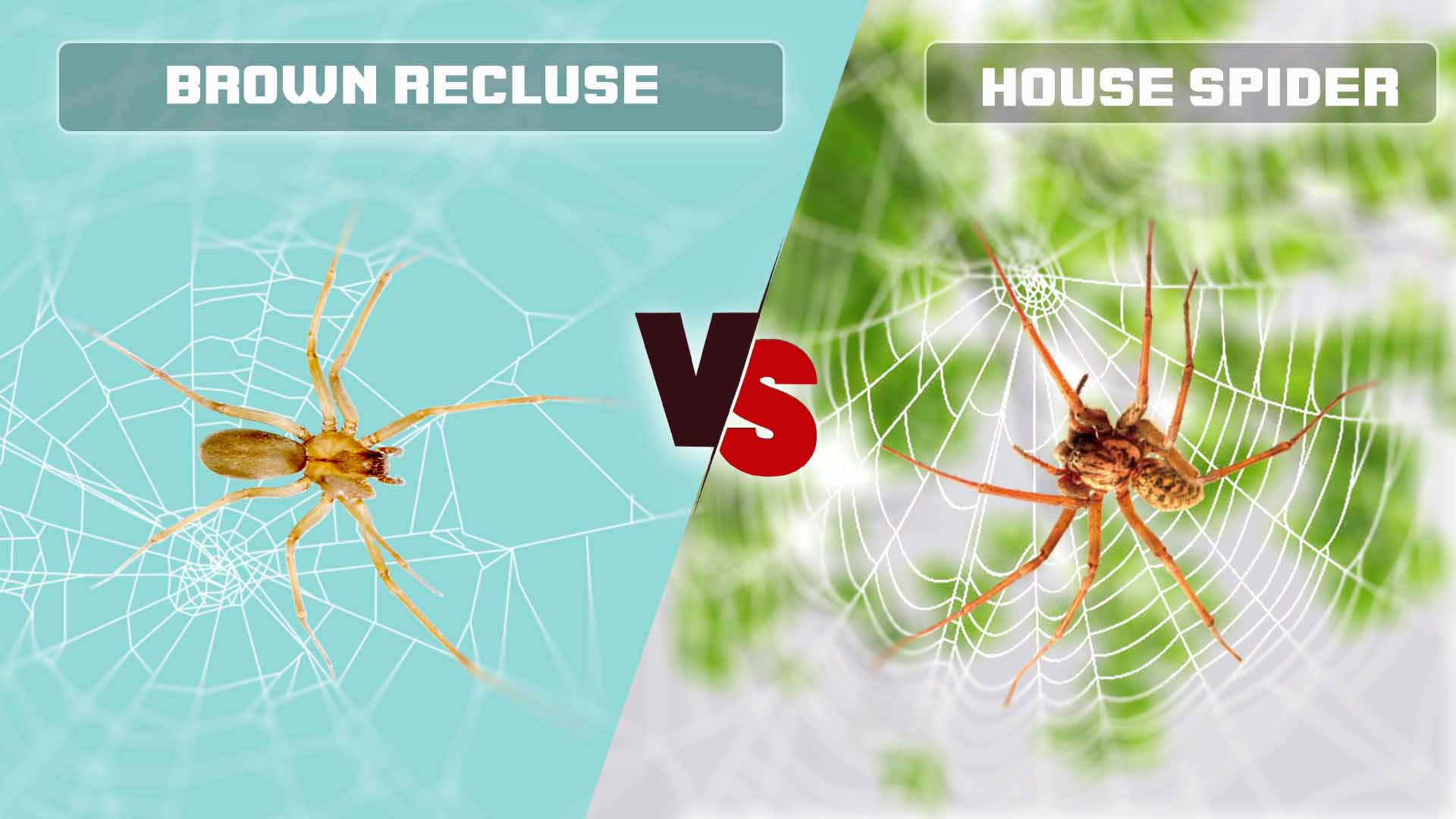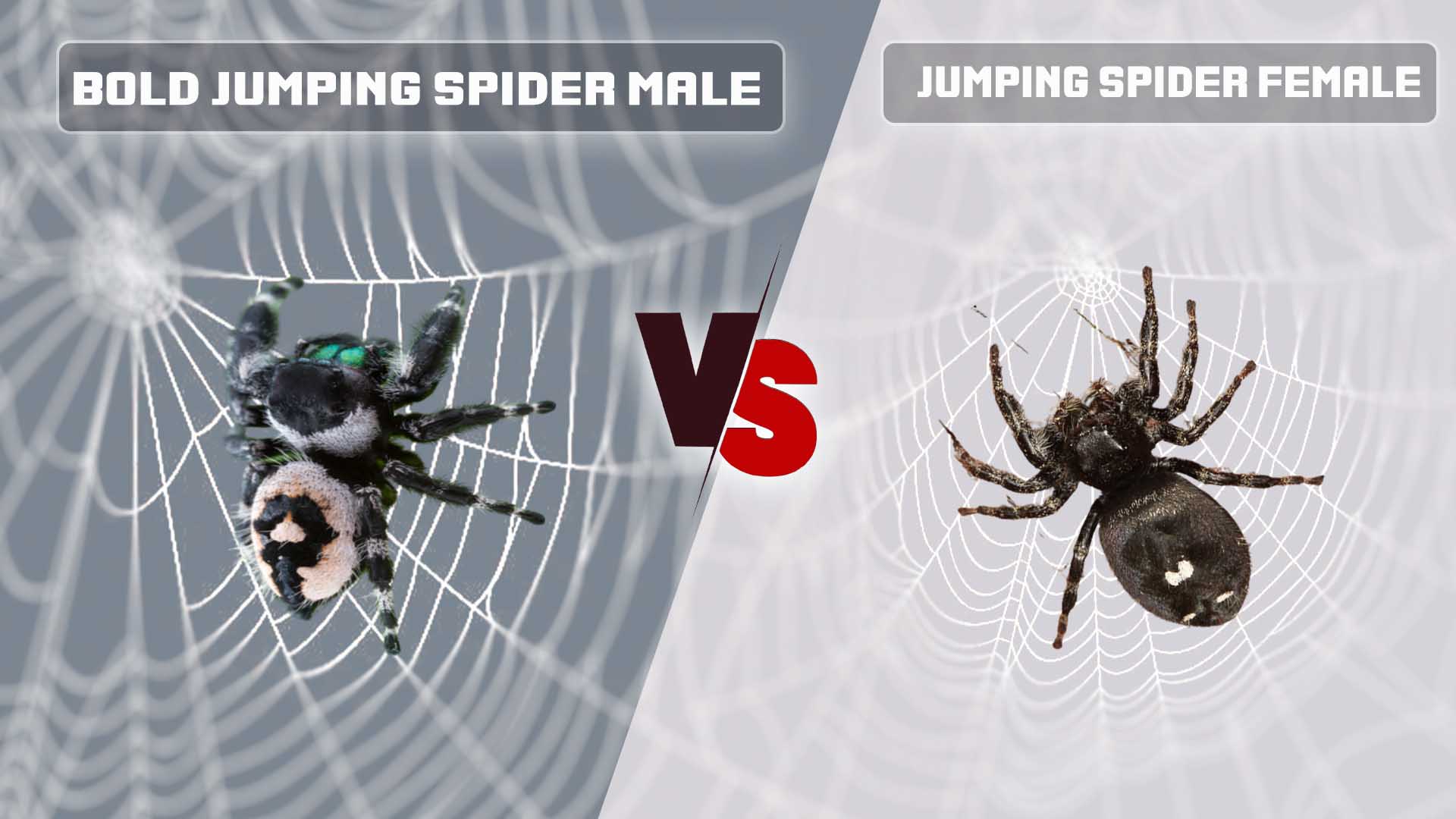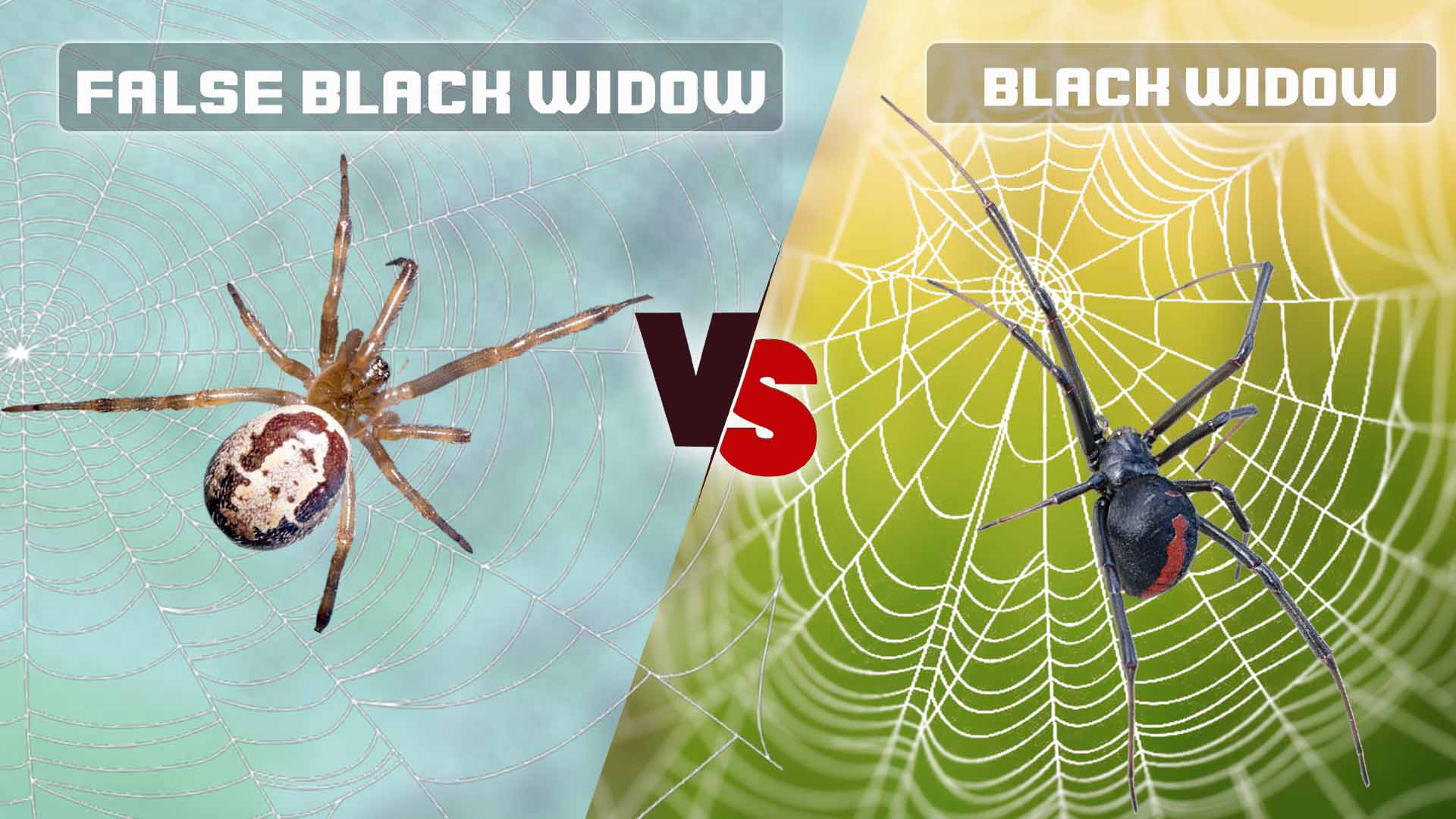The world of arachnids is teeming with a diverse array of species, each with its own unique characteristics and behaviors. One such fascinating inhabitant is the Southern House Spider (Kukulcania hibernalis), a common presence in many homes across the southern United States. While these arachnids may appear similar at first glance, a closer inspection reveals distinct differences between the males and females of this species.
In this article, we delve into the disparities between Southern House Spider males and females, exploring their appearance, behavior, lifespan, and more.
Differences Between Southern House Spider Male and Female
Appearance
The first noticeable differences between male and female Southern House Spiders lie in their appearance. Males tend to be smaller and more slender than females. On average, adult males measure around 5 to 7 millimeters in length, while females can reach lengths of 9 to 11 millimeters. This size discrepancy is consistent with the general trend observed in many spider species, where females are larger due to their role in reproduction. You can also learn about Southern House Spider vs Brown Recluse.
Eye Arrangement
When observing these spiders, another distinctive feature becomes apparent: their eye arrangement. Both male and female Southern House Spiders possess eight eyes, arranged in two horizontal rows of four. However, the eyes are relatively larger in females, contributing to their ability to detect prey and potential threats more effectively.
Leg Structure
Examining the leg structure of these spiders offers further insight into their differences. Female Southern House Spiders have robust legs that aid them in constructing and maintaining their intricate webs. In contrast, male spiders have longer and thinner legs, which are better suited for their active hunting behavior. These differences in leg structure reflect the varying roles that males and females play within their ecosystem.
Coloration and Markings
Coloration and markings also set male and female Southern House Spiders apart. Females typically exhibit a darker and more subdued color palette, often featuring shades of brown and gray. Additionally, females may display intricate patterns and markings on their abdomen. In contrast, males tend to be lighter in color, with more distinct markings on their body. These variations in coloration and markings likely serve multiple purposes, including camouflage, mate attraction, and species recognition.
Web Type and Location
The divergent behaviors of male and female Southern House Spiders extend to their web construction and location preferences. Females construct elaborate, tangled cobwebs in quiet, undisturbed corners of homes, where they can capture unsuspecting prey. Males, however, are not web builders; instead, they actively hunt for insects on the ground or on walls. This differentiation in hunting strategies highlights the complementary roles of males and females in their ecosystem.
Behavior Differences
The behaviors of male and female Southern House Spiders showcase their distinct adaptations for survival. Female spiders invest a significant amount of energy in producing silk for web construction and reproduction. They lay eggs and protect their egg sacs, ensuring the survival of the next generation. Males, on the other hand, have a shorter lifespan and prioritize seeking out potential mates. Once they successfully mate, their primary purpose is fulfilled, and their life cycle is often shorter compared to that of females.
Lifespan Differences
Lifespan is another notable difference between male and female Southern House Spiders. Females generally live longer than males, often surviving for a couple of years. This extended lifespan allows females to contribute to multiple generations and maintain a stable population. In contrast, males have a significantly shorter lifespan, often only living for a few months after reaching maturity.
How to Identify the Southern House Spider Male vs Female
Identifying male and female Southern House Spiders requires a keen eye for their distinctive characteristics. By observing their size, leg structure, coloration, and web-building behavior, you can accurately determine their gender. Remember that males are generally smaller, have longer legs, and exhibit more prominent markings. Females, on the other hand, are larger, possess sturdier legs, and engage in web construction.
Here’s a table summarizing the differences between Southern House Spider males and females:
| Characteristic | Male Southern House Spider | Female Southern House Spider |
| Size | Smaller (5-7 mm) | Larger (9-11 mm) |
| Eye Arrangement | Eight eyes in two horizontal rows | Eight eyes in two horizontal rows |
| Leg Structure | Longer, thinner legs | Robust legs for web construction |
| Coloration and Markings | Lighter color with distinct markings | Darker colors with intricate marks |
| Web Type and Location | Non-web builders; active hunters | Construct elaborate cobwebs |
| Behavior | Shorter lifespan; active mating | Longer lifespan; egg laying |
| Lifespan | Few months after maturity | Up to a couple of years |
| Location | Indoor living; warm, sheltered areas | Indoor living; quiet corners |
Conclusion
In the realm of arachnids, the Southern House Spider stands as a testament to the remarkable adaptations that have allowed them to thrive in various environments. The differences between male and female Southern House Spiders illustrate the complexities of their roles within the ecosystem. From appearance to behavior, these disparities provide insights into the evolutionary strategies that have shaped these spiders over time

